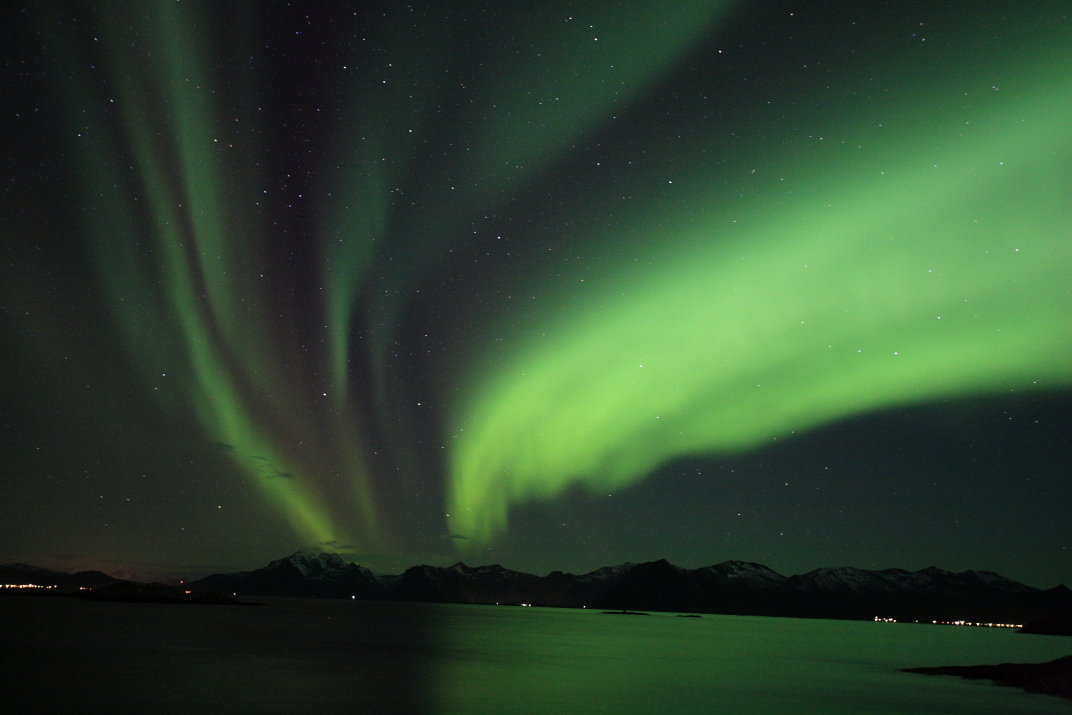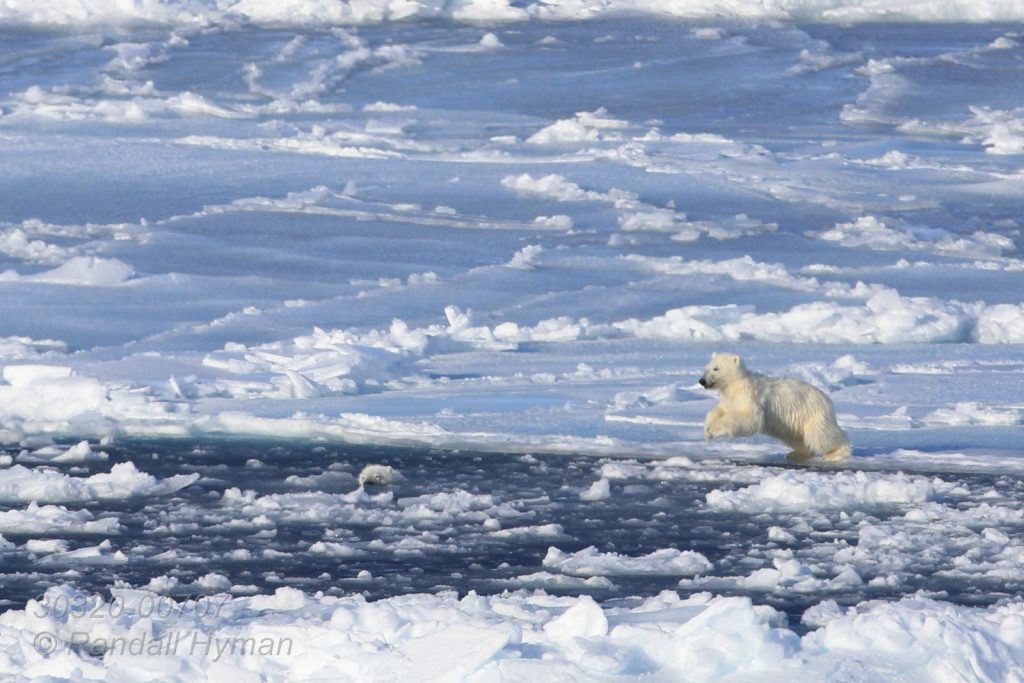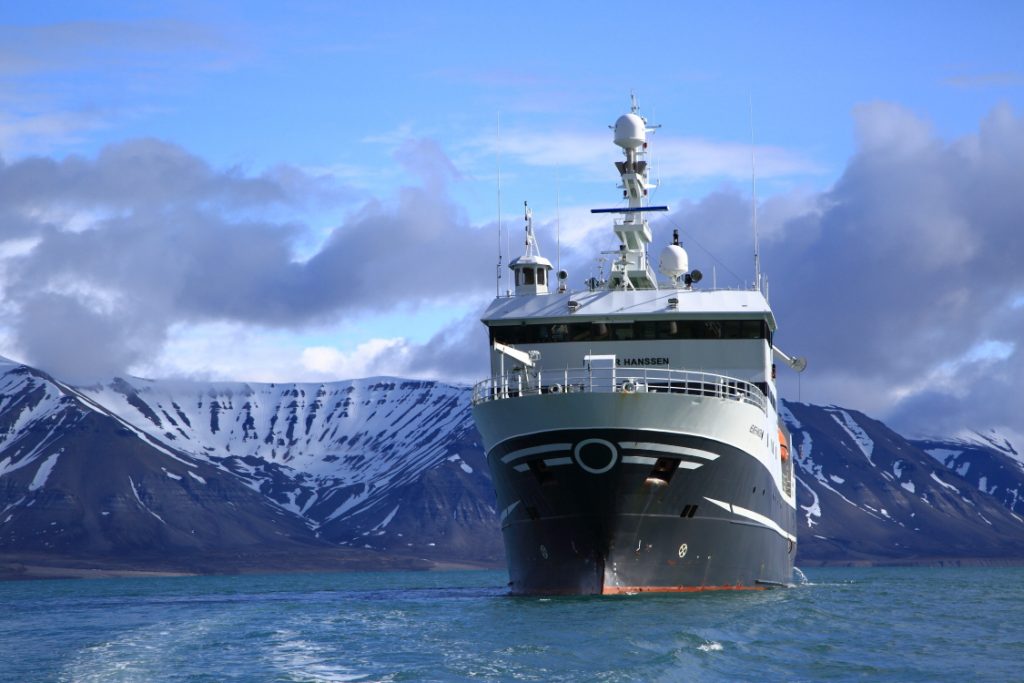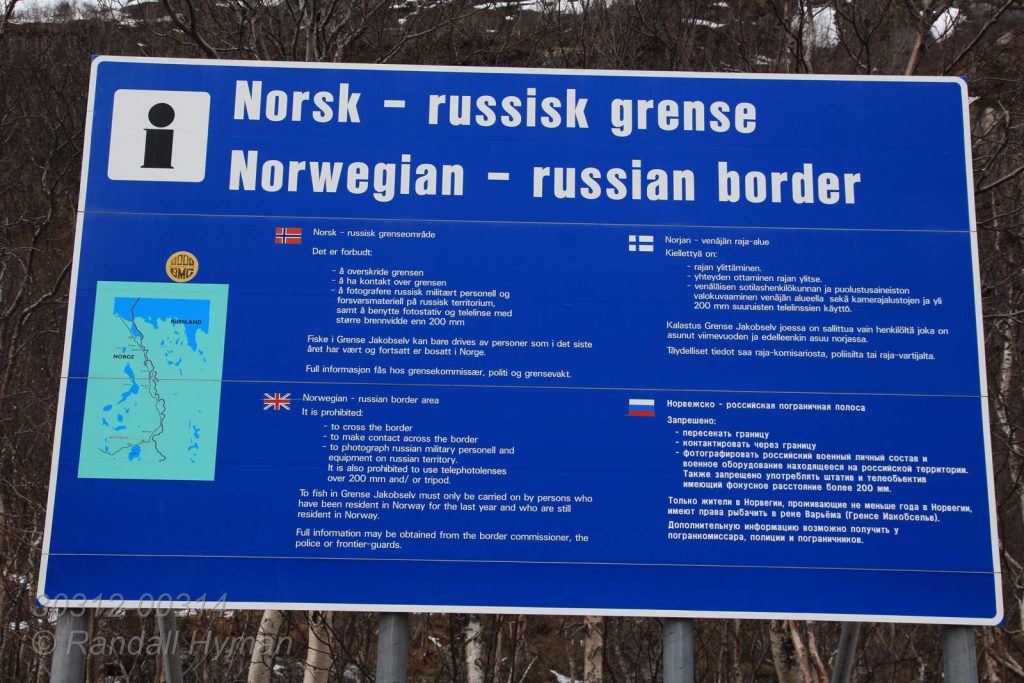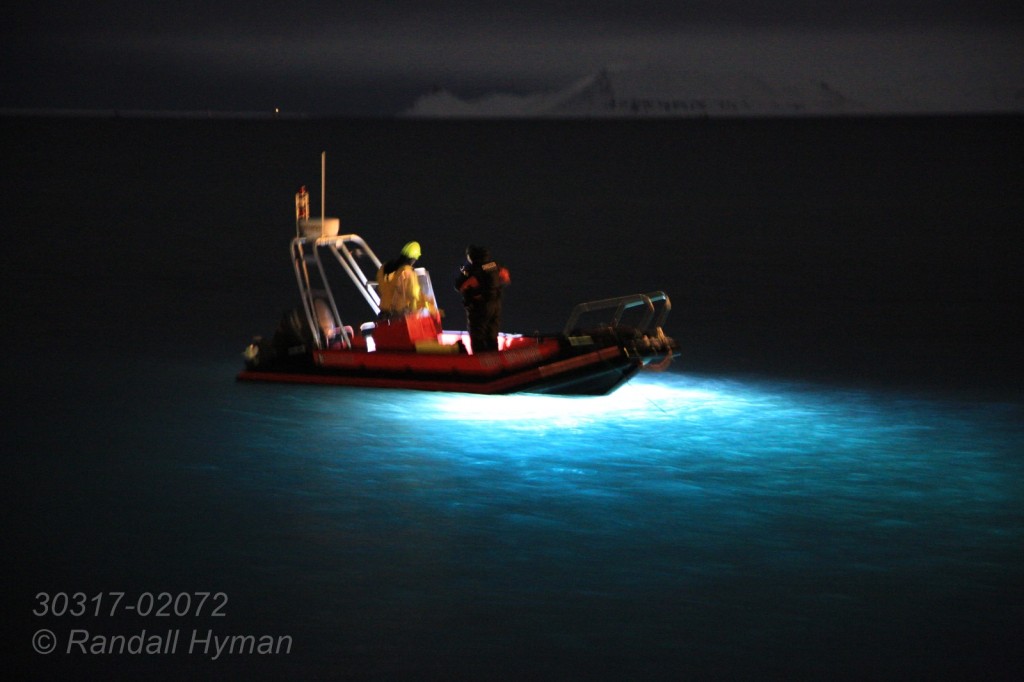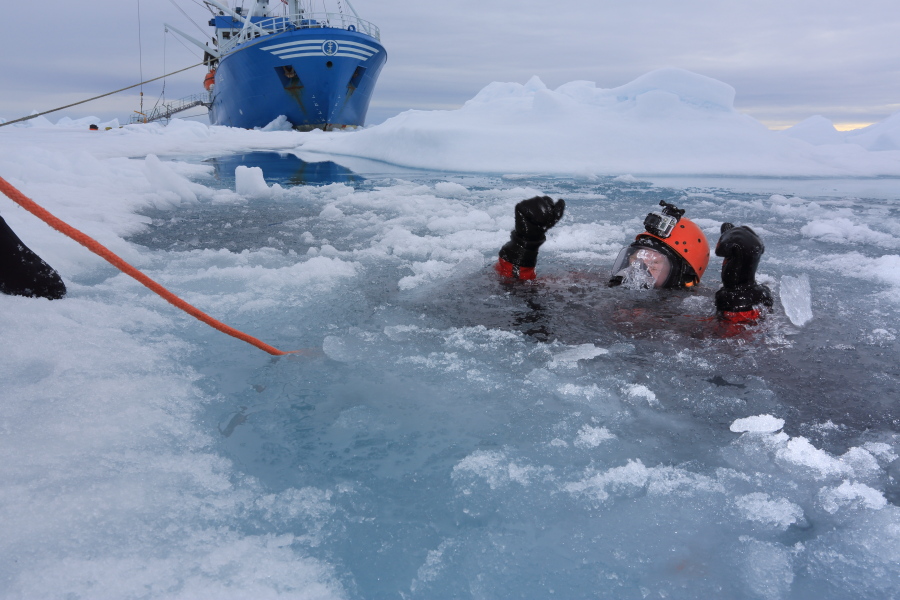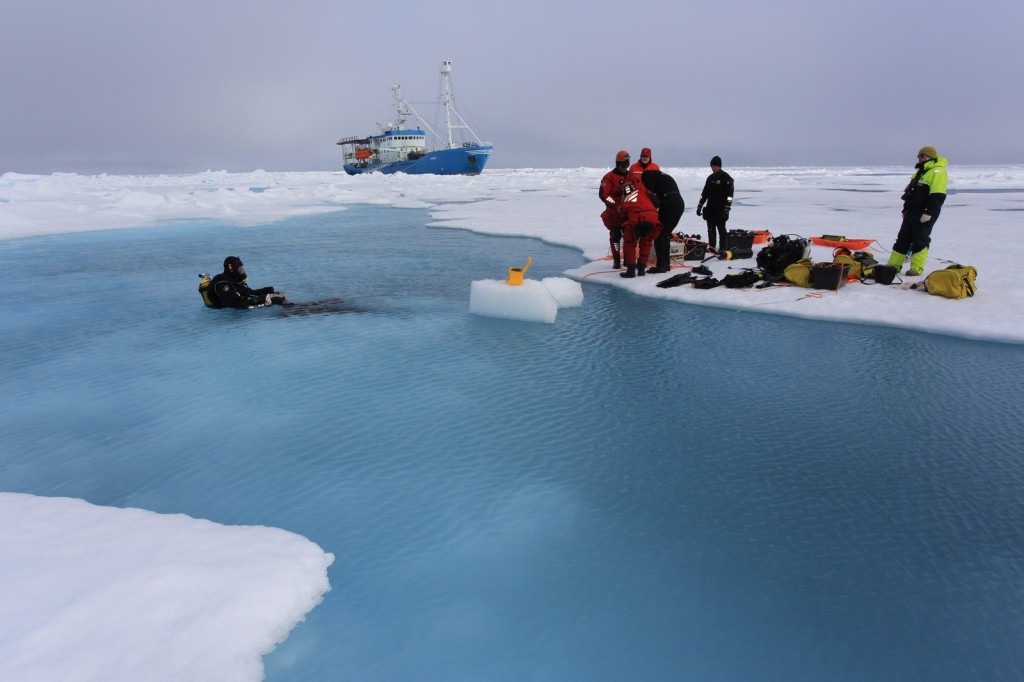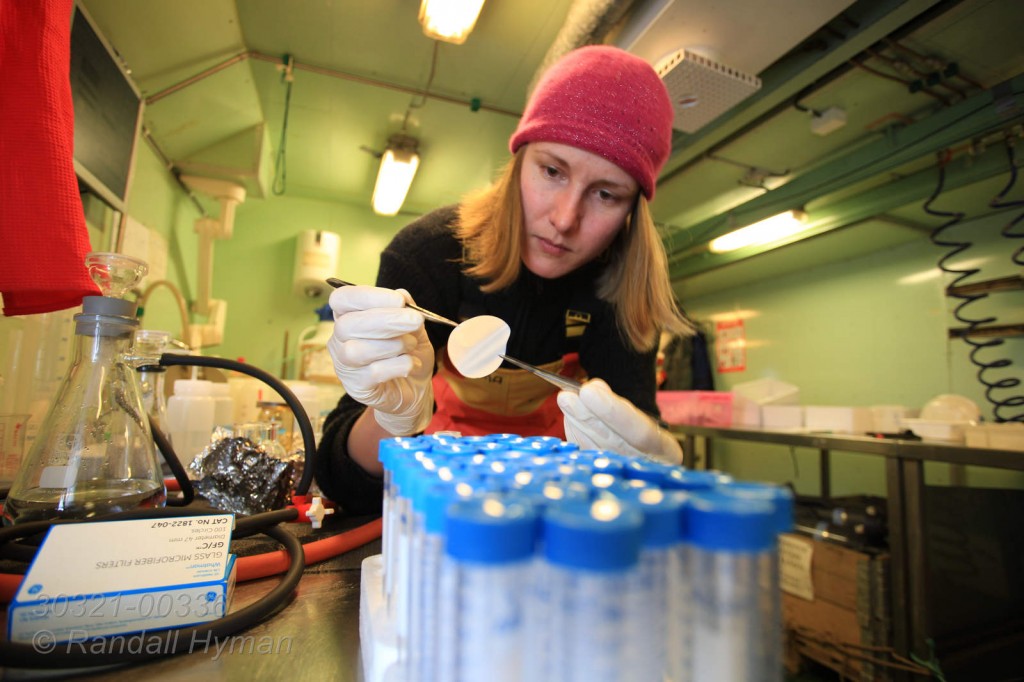Two studies published in the last two weeks highlight how important sea ice is to polar bears– not just so they can hunt, but so they can eat their greens, too! My article today in OCEANS DEEPLY looks at a new world record for photosynthesis in the dark (ice algae blooming in near total darkness beneath six feet of snow and ice) and some stunning detective work using a chemical marker to show that polar bears are almost wholly dependent on that same algae. Polar bear moms don’t have to tell their cubs to eat their greens– it’s just naturally part of their diet in the seals they eat!
CLICK PHOTO TO READ ARTICLE:
